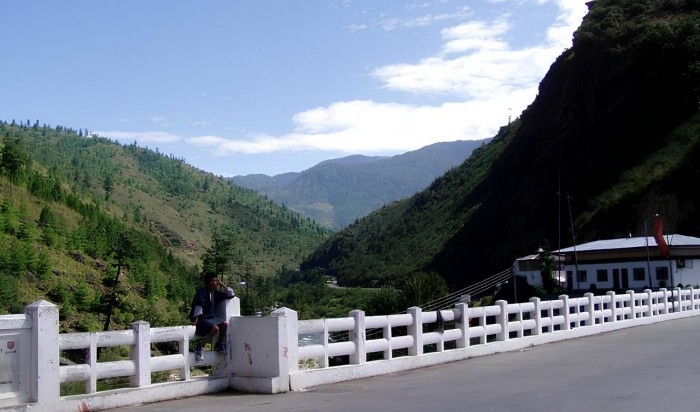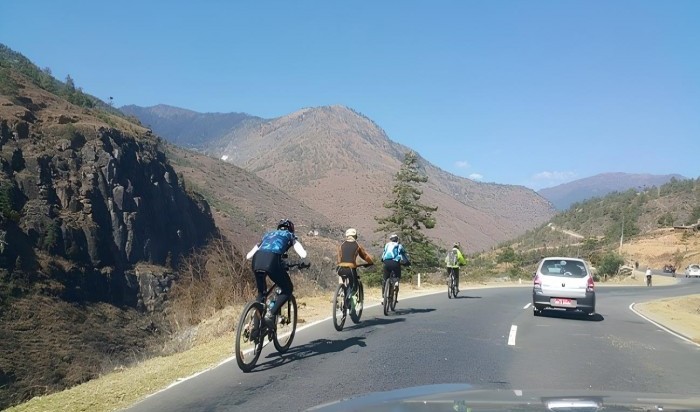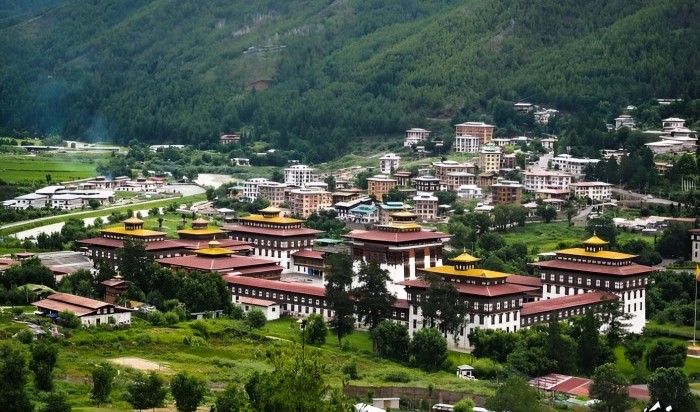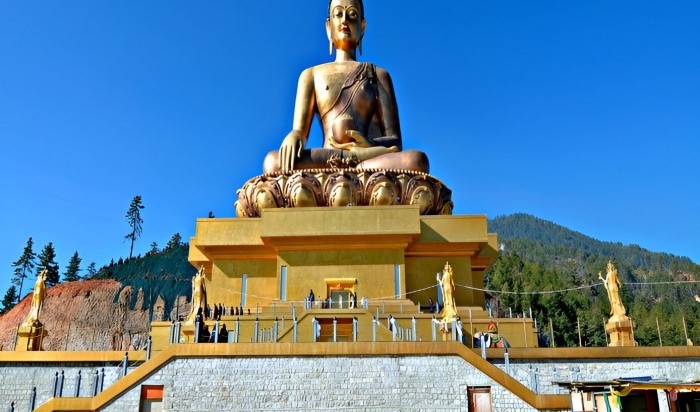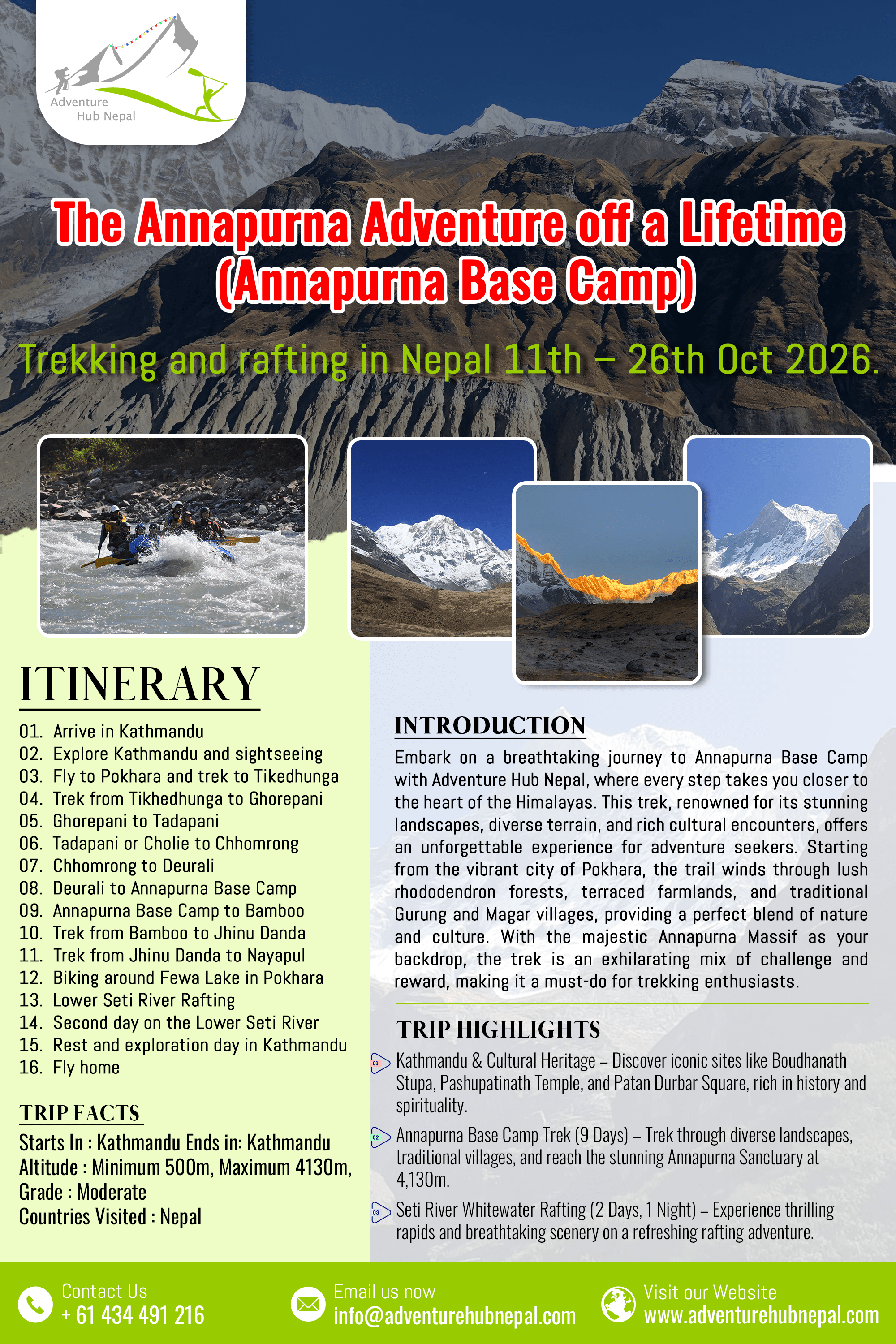There are only two ways to enter Bhutan – by air and by road/ land.
Entering by Air: Paro is the only international airport in Bhutan. Paro is situated at a height of 2,250 m (7382 ft) above sea level and is surrounded by mountains as high as 4,876 m (16,000 ft approx). At present two carriers operate to Bhutan, Royal Bhutan Airlines (Druk Air) and Bhutan Airlines. And there are domestic airports in Yonphula in eastern Bhutan, Bumthang in central Bhutan, and Gelephu in south-central Bhutan.
Druk Air and Bhutan Airlines operates regularly to/from India (Delhi, Kolkata, Mumbai, Gaya, Guwathi, and Bagdogra), Thailand (Bangkok), Singapore (Changi), Bangladesh (Dhaka) and Nepal (Kathmandu). We are also an authorized International Air Ticketing Agency. Therefore, for both Druk Air & Bhutan Airlines you can rely on us for Air Tickets to reach Bhutan any time you wish.
Entering by Land (Road): Phuentsholing, Gelephu and Samdrup Jongkhar are the only land border areas open to tourists. If you wish to travel overland, you can enter and exit Bhutan through its southern gateway of Phuentsholing into the Indian state of West Bengal. It is approximately six hours drive from Thimphu. The nearest airport is at Bagdogra, about 170 km (106 miles Approx) away from Phuentsholing. This border point is an ideal junction for those wishing to combine their exploration of Bhutan with the Indian states of Sikkim and West Bengal (Darjeeling District).
Gelephu in south-central Bhutan is another entry point to Bhutan. It is approximately 250 km (155 miles Approx) from Thimphu and the journey will take you through the sub-tropical areas of Bhutan before entering the alpine zone and then finally into Thimphu. One will have to traverse across three districts and the travel time will be about 9 hours.
The district of Samdrup Jongkhar in south-east Bhutan borders the Indian district of Darranga, Assam and is approximately 150 km (93 miles Approx) away from Guwahati, the capital city of Assam. It is 3-hour drive from Samdrup Jongkhar to the Indian airport of Guwahati. Tourists entering Bhutan through Samdrup Jongkhar will take you to Trashigang, and from there over the lateral route to Mongar, Bumthang, Trongsa, Wangdue Phodrang and then finally into capital, Thimphu. The distance is about 700 km (435 miles Approx) and will take you a minimum of three days to reach Thimphu. This is usually preferred by those flying into Paro in the west and touring across eastern Bhutan without back tracking.
